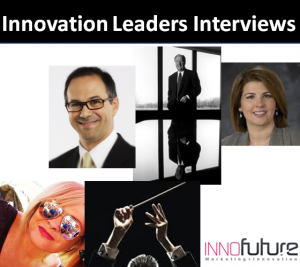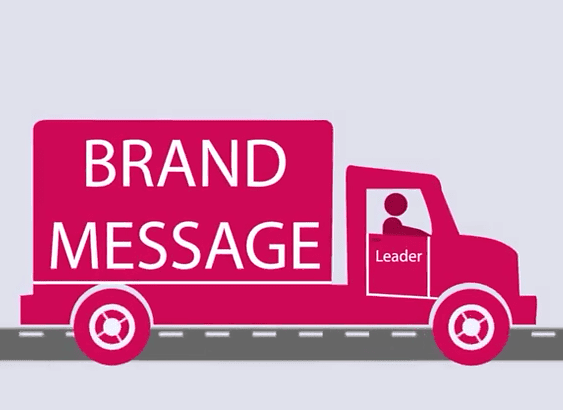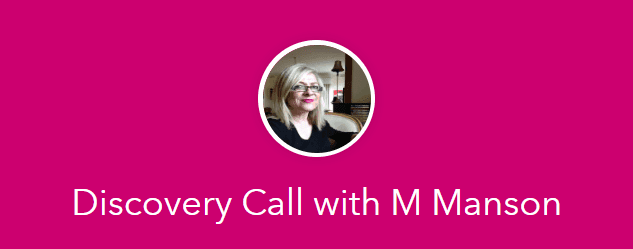 Whirlpool Corporation has become a modern textbook case of a massive corporate transformation, through Innovation that swept the entire 70,000+ workforce . Whirlpool’s heroic journey has been documented in the 2008 book “Unleashing Innovation at Whirlpool” by Nancy Tennant Snyder, who spearheaded the change. For this article InnoFuture has talked to Moises Norena, Global Director of Innovation at Whirlpool Corporation.
Whirlpool Corporation has become a modern textbook case of a massive corporate transformation, through Innovation that swept the entire 70,000+ workforce . Whirlpool’s heroic journey has been documented in the 2008 book “Unleashing Innovation at Whirlpool” by Nancy Tennant Snyder, who spearheaded the change. For this article InnoFuture has talked to Moises Norena, Global Director of Innovation at Whirlpool Corporation.
This video interview with Moises provides leader’s insights into very practical aspects of embedding innovation culture into an organisation.
- The innovation mandate.
- The meaning of innovation to people at Whirlpool
- How common is the common understanding of innovation throughout the organisation
- What did it mean to Whirlpool to “Embed innovation as part of the core of company’s operations”
- “Internal marketing” of innovation: whow to to ‘educate’ 60,000+ employees about innovation
- The role of Knowledge Management (KM) culture and system
- Finding the ‘compelling’ customer proposition
- Tols, systems and processes – used to fuel innovation
Watch this 2o-something-minute video to hear from a remarkable innovation leader.
As an additional background to the InnoFuture video interview with Moises Norena, included below is a summary of research about Whirlpool journey conducted by Robert C. Wolcott and Michael J. Lippitz, leading authorities on innovation and corporate entrepreneurship at the Kellogg School of Management at Northwestern University. They are co-authors of Grow From Within: Mastering Corporate Entrepreneurship and Innovation (McGraw Hill, 2010), based on a seven-year study of more than 30 companies across industry sectors about corporate entrepreneurship through the Kellogg School.
Whirlpool began its corporate entrepreneurship journey from a baseline that was considered almost non-innovative. Over the course of about a decade, beginning in 1999, Whirlpool transformed itself from a conservative company in a slow-moving, commodity business into a creative engine spawning significant new revenues from differentiated products and new businesses.
Former CEO, Dave Whitwam believed that Whirlpool could gain sustainable competitive advantage in the “white goods” industry (i.e., large appliances) by focusing on new and compelling solutions to overlooked or unarticulated customer needs. He called this a Brand-Focused Value Creation Strategy, which would emphasize creating new platforms. The key to sustainable competitive advantage would be setting a new pace of innovation for the industry.
Whirlpool created new processes for product development, personnel evaluation, knowledge management, financial accounting, resource allocation and project reviews. Whitwam mandated that Whirlpool’s business units and regional offices spend a certain amount on supporting new concept development, corporate set-aside of a fixed percentage of the capital expenditure budget for innovation projects, and he maintained corporate seed money to fund worthy ideas that had been rejected by business units or regional offices. (Business units that did not generate enough worthy innovation or corporate entrepreneurship concepts would see their allocation of capital funds reduced.) Mid-stage funding for innovation or corporate entrepreneurship projects was controlled primarily by new oversight and review bodies known as I-boards consisting of business leaders, senior executives, or brand teams. People with innovative project concepts are free to shop their ideas around to different I-boards for funding.
By 2006, Whirlpool’s transformation effort was bearing significant fruit. In 2006, innovation projects created $1 billion of new revenues, out of a total of about $18 billion. In 2007, that figure rose to $2.7 billion out of $19.4 billion. In 2008, it was $4 billion out of $19 billion. Growing revenues from innovation are allowing Whirlpool to maintain its top-line corporate revenue level, despite a significant drop in the housing market and a broad overall recession.
It is important to emphasize the depth and persistence of senior executive commitment required to make innovation and new business development happen using Enabler processes. People must trust that the company is committed to turning good and proven concepts into real businesses. Without sufficient support from senior management, promising concepts can end up as casualties of conflicts with established businesses. Innovation funding can degenerate into “bowling for dollars”—simply an alternative source of funds for ordinary business unit projects, or for projects that the company is not particularly serious about. Whirlpool was particularly sensitive to the “bowling for dollars” problem. What qualified as an innovative project for the purposes of receiving an allocation from the capital budget was carefully defined and monitored.
Margaret Manson
Chief Inspirator | InnoFuture
 InnoFuture helps businesses wire innovation and Kaizen culture into their existing essential business processes. DOJO, an online (cloud) based business training system, enables businesses to capture, systemise and train their workforce in using and continually developing their Knowledge Management systems.
InnoFuture helps businesses wire innovation and Kaizen culture into their existing essential business processes. DOJO, an online (cloud) based business training system, enables businesses to capture, systemise and train their workforce in using and continually developing their Knowledge Management systems.
Enquire HERE.
Contact: Margaret Manson or 0407 661 130


